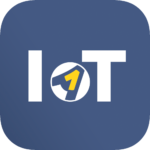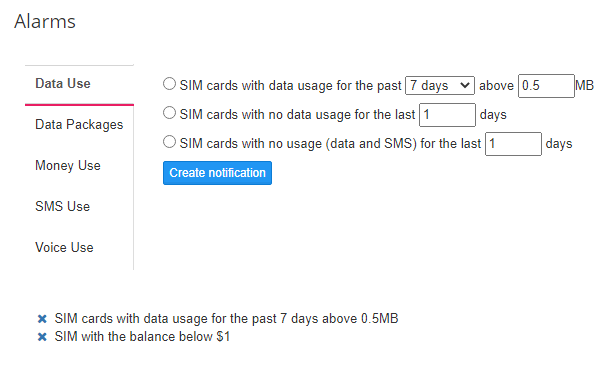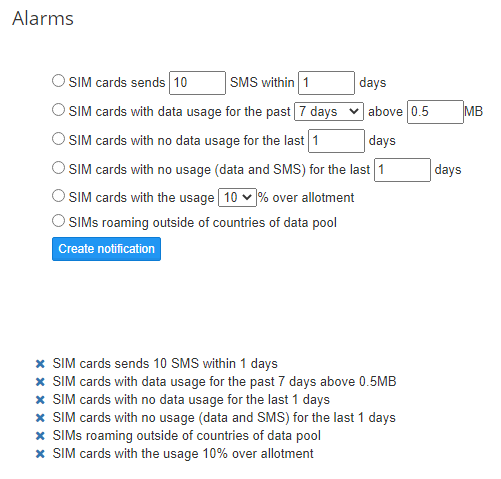
It may sound very futuristic, but we are being monitored by a wide range of technologies controlled by the IoT SIM card. Yes, this may sound strange or scary to you because IoT refers to a future where every device, from ice-cream makers to car computers are connected via the internet. We are quickly approaching a time when IoT incorporates your whole home, office, manufacturing plants, farms & virtually every aspect of life.
What is IoT?
Today, the world revolves around a network of connected things. IoT is entrenching itself more and more into our life, and we are continually being monitored a number of technologies that are run by IoT SIM cards. By allowing the devices to connect and communicate, we can automate processes that would previously require human intervention. We recently wrote about AGTECH and how the farming industry is changing and relying on IoT devices to reduce cost and labor.
What is an IoT SIM card?
SIM is and acronym for Subscriber Identity Module. An IoT SIM card is designed to store the user’s information and provides the information necessary to access & connect devices to cellular networks. The rapid development, deployment and requirements of IoT devices, are bolstering the improvement of the IoT SIM Cards. IoT devices must work with machines with little or no human interaction. Unlike SIM cards which you may find in your smartphone, IoT device deployments often incorporate thousands or even millions of devices, and they need stable, flexible, & secure networks to which they can reliably connect, especially in harsh environments. IoT SIM Cards are designed with these requirements, which are not only beneficial, but necessary for commercial use.
IoT SIM cards, also known as M2M SIM cards, give the connectivity and robustness required to automate processes. In any business organization, when we need to connect two devices to communicate, they must use a data connection to start communication. In some cases, it wouldn’t be wise to use a standard cellular mobile SIM, to form a relationship in two devices, as the consumer-grade SIM cards aren’t designed with this use case in mind. It’s a risk to use Regular SIM card connections in an IoT application. IoT SIM cards provide critical functionalities including security measures. We have compiled up a list of Functionalities that IoT SIM cards give you. IoT SIM cards are beneficial for businesses.
Global IoT SIM Cards vs. Native IoT SIM Cards
Global IoT SIM Card
Global IoT SIM cards, also called Roaming SIM cards, include eUICC capabilities. With a Global IoT SIM card, you can access a cell network, and in many cases multiple networks, built for M2M data that works worldwide with a simple activation, a single APN, transparent pricing, and developer-friendly tools. Global IoT SIM cards are also “no steering” cards. No steering cards do not put a preference to any particular network in a given country; they allow the device to decide with which network to connect.
Native IoT SIM cards
Native SIM IoT SIM cards are those provided directly from the Mobile Network Operator (MNO) in a given country. While they can potentially roam in other countries (depending on their roaming agreements), the MNO will likely limit the amount of time the card can roam, or restrict the percentage of cards on your account that can operate out of the home network. Native IoT SIM cards also steer your traffic to their network because the MNO only wants the SIM to operate on their network. If these SIMs roam, there is a financial impact to the MNO. In most cases the native SIM provider will not “charge” you for roaming, and that is why the MNO limits the amount of roaming allowed. Steering your traffic can cause serious problems because the MNO of the native IoT SIM will force your device to use their network, even in very poor coverage areas, and they only allow roaming when the coverage goes down to zero. This causes delays in connecting, speed degradation, and potential loss or corruption of data.
IoT for Businesses
Maximize Productivity
IoT allows the businesses to automate processes and build-in more efficiencies. For example, Fintech IoT utilize computing devices which are many times faster and are more accurate in providing the correct results rather than humans. There are very few human errors found when using IoT in your business. In case the IoT device goes wrong at some point, the machine can quickly inform the engineer. This way, you can easily identify where the problem occurred. IoT is a time saver.
Expanding Uptime
Businesses can also increase their uptime. Working in remote areas with multi-network IoT SIM cards can maximize uptime. Using Global IoT SIM no steering cards with multi-network capabilities devices or machines can limit the chance of losing connectivity. The no steering roaming capacities of a Global IoT SIM card enables multi-network connectivity and, therefore provides redundancy. If the primary network isn’t available, the device will automatically connect to another available network. Global IoT SIM Cards minimize the risk of losing the signal. That is why Global IoT SIM Cards are found to be useful for businesses using remote devices and tracking.
Interested in learning more? Please reach out to our experts anytime to discuss your IoT project. Contact our team at sales@OneSimCard.com to have a no-obligation conversation about your requirements, and we can mutually determine if there is an opportunity to partner.




 Digi-Key Electronics
Digi-Key Electronics

